Introduction
The Women’s Premier League (WPL) stands at the forefront of a global movement to elevate and celebrate women in sports. Over the last few decades, traditional perceptions of cricket and football (soccer) have shifted, making space for female athletes to reach stardom on par with their male counterparts. Whether you’re a passionate sports enthusiast or simply curious about the changing face of women’s leagues, this in-depth article will guide you on a storytelling journey through the WPL’s many dimensions.
We’ll explore major aspects:
- Is there a Women’s Premier League in cricket, football, or both?
- Who are the rising superstars and the veteran legends dominating the women’s premier league players lists?
- When does women’s premier league start, and how can fans engage with it globally?
- The intersection of women’s football leagues and the burgeoning WPL cricket tournaments.
- Historical records, controversies, achievements, and the bright future that lies ahead.
Buckle up for an engaging, humanized discussion that merges facts, anecdotes, and a touch of enthusiasm for the remarkable ascent of female athletes worldwide.
1. From the Sidelines to Center Stage: The Rise of Women’s Sports
For much of modern history, women’s sports were overshadowed by men’s tournaments, often receiving minimal funding and less media coverage. However, the tide has turned in the past 20 years:
- Increased Sponsorship: Blue-chip companies are investing in female athletes, seeing immense potential and brand synergy.
- Media Spotlight: Tournament organizers and networks have recognized the growing fanbase, creating dedicated broadcasting deals.
- Cultural Acceptance: Societal shifts advocate for equality, encouraging young girls to see a professional sporting career as a legitimate path.
The Women’s Premier League—both in football and cricket—stands as a testament to how far female athletes have come. The energy, competitiveness, and skill displayed are no less thrilling than any men’s league. The question shifts from “Is there a women’s premier league?” to “Which Women’s Premier League match should we watch this weekend?”
2. Is There a Women’s Premier League? Understanding the Different Leagues
When most people say “Premier League,” they often refer to the English Premier League in men’s football. But “Premier League” has become a marketing term signifying top-tier professional competition across sports. Today, multiple women’s leagues around the globe proudly bear this name:
- Women’s Premier League in Cricket (India): Recently launched T20 competition.
- Barclays Women’s Super League (England, Football): Commonly referred to as the “Women’s Premier League” informally, it’s England’s top women’s football league.
- Australia’s W-League (Football): Soon to be rebranded, it’s a leading competition in the Southern Hemisphere.
So, is there a women’s premier league? Absolutely—several! Each league has its unique structure and fan following. One league might overshadow the other in certain regions, but all share a common objective: to promote women’s sports at the highest level.
3. A Brief History of the Women’s Premier League in Cricket
The Inception of WPL (India)
The Women’s Premier League in cricket, especially in India, is a watershed moment. Following the success of the Indian Premier League (IPL) for men, the Board of Control for Cricket in India (BCCI) recognized the need for a premier T20 tournament for women. Discussions, pilot tournaments, and exhibitions paved the way for a full-fledged league.
- Key Milestones:
- 2018-2019: Initial women’s T20 challenge matches were staged, garnering significant interest.
- 2022: BCCI announced the formation of a dedicated, city-based franchise T20 tournament for women.
- 2023: The first official Women’s Premier League season commenced, capturing the imagination of fans worldwide.
League Format & Teams
- Number of Teams: Five to six franchises initially (subject to expansion).
- Match Format: Twenty20 (T20) cricket—20 overs per side.
- Auction Dynamics: Teams bid for players, often leading to record-breaking price tags for star athletes.
- Season Duration: Typically a month-long carnival of high-octane matches.
For further details, the official website WPLT20.com offers comprehensive insights, including fixture lists, team compositions, and player profiles.
4. Who’s Who in Women’s Premier League Players
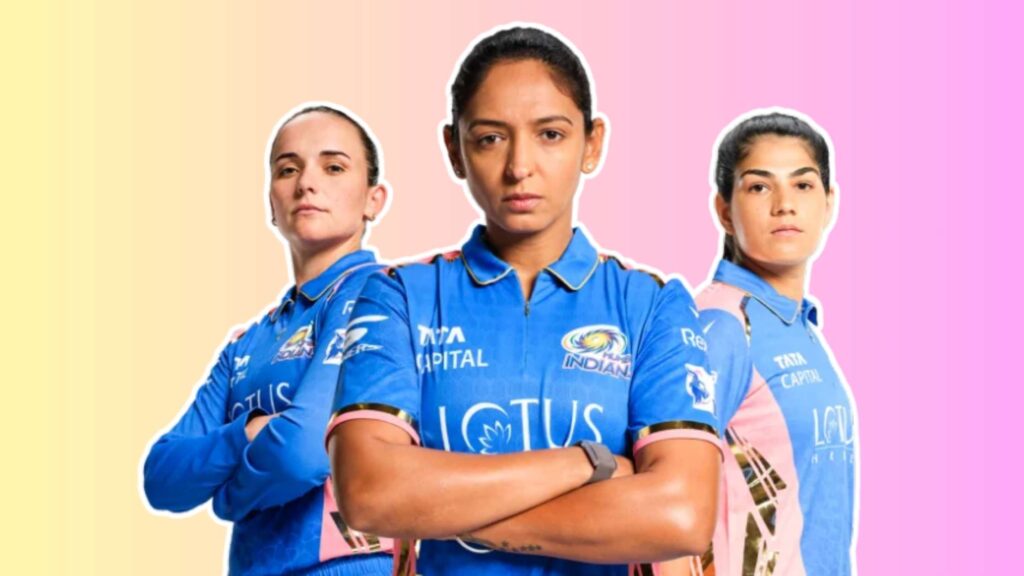
Stars define any sporting league, and the women’s premier league players are no exception. A few names shine brilliantly, such as:
- Harmanpreet Kaur (India): An explosive batter with remarkable leadership skills.
- Smriti Mandhana (India): Known for her elegant left-handed strokes and calm demeanor.
- Ellyse Perry (Australia): A dual-sport phenomenon, talented in both batting and bowling.
- Nat Sciver-Brunt (England): Reliable all-rounder with a knack for game-changing performances.
Additionally, fresh talents from underrepresented nations like Thailand, Bangladesh, and Ireland are catching the limelight, adding diversity and global appeal. Teams meticulously scout local academies, fueling a robust pipeline of future superstars.
5. When Is Women’s Premier League? Key Dates & Format
A typical question that arises is, “When is women’s premier league scheduled?” The league generally falls between February and March, aligning with international cricket calendars to ensure top players are available. The exact schedule can shift annually to accommodate:
- International Fixtures: National teams might be touring simultaneously.
- Other Domestic Leagues: Coordinating with leagues like the Women’s Big Bash League (WBBL) or The Hundred (England) to prevent scheduling clashes.
- Player Fitness Windows: Allowing rest and rehabilitation intervals for athletes.
For up-to-date schedules, fans should regularly check WPLT20.com. The site also covers the men’s international schedule to highlight any overlapping tours that might impact player availability.
6. When Does Women’s Premier League Start? Breaking Down the Season
If you’re awaiting the grand curtain-raiser, “When does women’s premier league start?” is top of mind. Organizers release official dates months in advance, typically announcing:
- Auction Date: Franchise owners gather to bid on marquee players, building hype before the league starts.
- Opening Ceremony: A glitzy spectacle with performances by local and international stars, setting the tournament’s festive tone.
- First Match: Often features marquee teams or a replay of the previous season’s final, adding to the drama.
While the T20 format ensures the league runs for approximately 4-5 weeks, each match day can feature double-headers on weekends, making it an action-packed month of cricket.
7. Can Women Play in Premier League (Men’s)? A Broader Perspective
One question that occasionally emerges is: “Can women play in Premier League events typically dominated by men?” The straightforward answer is that women can theoretically participate if the rules allow, though it hasn’t happened in mainstream men’s football or cricket leagues at a professional level.
- Football Example: FIFA regulations don’t explicitly forbid mixed-gender teams, but men’s professional leagues generally set their own rules.
- Cricket Scenario: Typically, men’s domestic T20 leagues don’t incorporate female cricketers. However, the boundaries between men’s and women’s sports have begun to blur, with some co-ed exhibition matches showcasing talents side by side.
While traditions and separate organizational structures exist, increased calls for gender inclusivity may pave new avenues. For the moment, women’s premier leagues offer the best stage for female athletes to display their skills on equitable terms.
8. Women’s Premier League in Football: Parallel Growth and Milestones
Though the term “Premier League” is famously associated with English football, there are robust competitions worldwide:
England’s Barclays Women’s Super League
- Often colloquially called the “Women’s Premier League,” it’s England’s top-tier league.
- Clubs like Arsenal Women, Chelsea Women, and Manchester City Women dominate.
- The league has soared in popularity, receiving substantial broadcasting contracts and fan attendance spikes.
Continental Leagues
- Division 1 Féminine (France): Home to powerhouses Olympique Lyonnais Féminin.
- Primera División (Spain): Includes FC Barcelona Femení, known for unstoppable attacking football.
- NWSL (USA): The National Women’s Soccer League has been a breeding ground for World Cup stars like Megan Rapinoe and Alex Morgan.
These leagues often overlap in name and branding strategy, reflecting a global appetite for a professional standard of women’s football.
9. Which Women’s Football Team Is the Best? A Look at Global Dominance
A fiery debate: “Which women’s football team is the best?” While success is subjective, global fan consensus often highlights these clubs:
- Olympique Lyonnais Féminin (France)
- Multiple Champions League titles
- A star-studded roster that includes global icons
- FC Barcelona Femení (Spain)
- Ballon d’Or winners
- Dominant in domestic play, rewriting attendance records
- Chelsea Women (England)
- Reigning champions in the Barclays Women’s Super League
- Renowned for top signings and tactical brilliance
- North Carolina Courage (USA)
- NWSL champions, known for physically intense, fast-paced football
Measuring “the best” can depend on domestic titles, continental trophies, and consistent top-tier performances. Yet, each of these teams sets the bar high for aspiring clubs worldwide.
10. Where to Watch Women’s Football League and WPL Cricket
Curious fans often ask, “Where to watch women’s football league?” or the cricket equivalent, “Which channel or platform airs the Women’s Premier League?” With the digital revolution, viewers have multiple choices:
- Sports Channels: Traditional broadcasters like Star Sports, BBC, or Sky Sports often have rights in different regions.
- OTT/Streaming Platforms: Disney+ Hotstar, Amazon Prime Video, DAZN, or JioCinema (in India) may hold exclusive rights.
- League’s Official Platforms: Some matches may be live-streamed on the league’s official website or YouTube channel.
Geographical broadcasting rights can vary each season, so checking official announcements is key. As the leagues expand, streaming accessibility continues to improve, bridging fans to the action worldwide.
11. Who Won Women Premier League: Past Winners & Dominant Franchises
Cricket’s WPL is in its nascent stages, but that hasn’t diminished the intensity or competitiveness:
- Inaugural Edition: The first season concluded with Team Mumbai Indians Women lifting the trophy. They showcased exceptional all-round performances, anchored by star players like Natalie Sciver-Brunt and Harmanpreet Kaur.
- Close Contenders: Teams such as Delhi Capitals Women and Royal Challengers Bangalore Women displayed flair, though they faltered at crucial junctures.
Football’s parallel, the Barclays Women’s Super League, has witnessed clubs like Chelsea Women and Arsenal Women capturing multiple titles. If you’re scanning historical data, you’ll notice these clubs often go toe-to-toe for top honors.
12. Who Won the Women’s Premier League Most? Records & Statistics
Given the WPL in cricket started recently, it’s too early to proclaim a single dominant champion in the Indian context. However, in women’s football leagues:
- English WSL: Arsenal Women historically have the most league titles.
- UEFA Women’s Champions League: Olympique Lyonnais Féminin stand out as the record holders.
Tracking “who won the women’s premier league most” often involves scouring year-by-year data. As the WPL grows, we’ll likely see new dynasties emerge and break existing records.
13. Overcoming Challenges: Funding, Recognition & Media Coverage
Despite its meteoric rise, the Women’s Premier League, both in cricket and football, faces obstacles:
- Sponsorship Gaps: While brands increasingly invest, funding still lags behind men’s leagues.
- Media Visibility: Coverage is improving, but dedicated prime-time slots remain a challenge.
- Unequal Pay: Many argue for bridging the pay gap to reflect comparable viewership and talent.
- Infrastructure: Grassroots facilities often receive limited support, hindering talent pipelines.
Progress is evident. Massive signings (e.g., Smriti Mandhana’s high bid in the WPL auction) demonstrate sponsor confidence. More robust marketing campaigns, social media presence, and collaborations with men’s franchises help keep momentum alive.
14. Game Changers: Coaches, Administrators & Other Stakeholders
Behind the scenes, many unsung heroes shape the Women’s Premier League:
- Coaches: Visionary tacticians like Charlotte Edwards (former England captain) or Australia’s Shelley Nitschke nurture talent, bringing fresh strategies.
- Administrators: Figures in the BCCI and national football federations who champion policy changes and expand the league’s scope.
- Referees & Umpires: Women officials are stepping into officiating roles at top matches, further advocating inclusivity.
- Mentors & Support Staff: Dieticians, fitness trainers, and mental health professionals specifically tailored to the women’s game.
Each stakeholder contributes to an ecosystem that fosters women’s sports at an elite level.
15. Grassroots Programs & Development Pathways
To sustain any premier league, you need a steady flow of talented youngsters:
- School Cricket & Football Programs: Partnerships with educational institutions, offering scholarships and advanced coaching.
- Talent Hunts: Some WPL franchises hold open trials in smaller towns to discover hidden gems.
- Domestic Circuits: State-level or county-level competitions act as feeders, bridging amateurs to professional leagues.
- Gender-Neutral Academies: Institutions that offer the same facilities to both boys and girls, such as advanced nets in cricket or top-notch football fields, are growing.
Efforts are intensifying to ensure no talented girl is overlooked due to societal constraints or lack of resources.
16. Spotlight: Personal Stories of WPL Players
Nothing humanizes sports like personal journeys. Consider:
- Smriti Mandhana (India)
- Hailing from Sangli, a small town in Maharashtra, she overcame traditional expectations to become one of the best left-handed batters in the world.
- Endorses multiple brands and advocates for greater female participation in sports.
- Sophie Devine (New Zealand)
- A multi-sport athlete who juggled hockey and cricket in her early years.
- Eventually specialized in cricket, famous for her explosive T20 batting and leadership qualities.
- Sam Kerr (Australia, Football)
- Transitioning momentarily to football, Sam’s story resonates with perseverance, having faced injuries and soared to become one of the world’s best strikers in the women’s game.
- Currently a star in the English Women’s Super League with Chelsea.
These tales highlight the dedication, sacrifice, and grit that define female athletes’ journeys, inspiring countless young girls globally to follow suit.
17. What the Future Holds: Expansion, Branding & Global Influence
The Women’s Premier League (especially the cricket one) is poised for expansion:
- Additional Teams: With franchise values skyrocketing, new teams from untapped regions could join in the next few years.
- Longer Seasons: As interest grows, the league might stretch beyond a month, incorporating more matches and potentially a home-and-away format.
- Global Collaborations: Partnerships with the Women’s Big Bash League (Australia) or The Hundred (England) could lead to talent exchanges, mini-series, or combined events.
- Media Innovations: Expect advanced in-match analytics, VR fan experiences, and social-media-driven engagement.
The same can be said for women’s football leagues worldwide. The synergy between sports, entertainment, and corporate sponsors spells an era of unstoppable growth for women’s sports.
18. Frequently Asked Questions (FAQs)
Q1: Is there a Women’s Premier League for both cricket and football?
A1: Yes! The Women’s Premier League (WPL) in cricket recently debuted in India, while in football, top-tier competitions like England’s Women’s Super League are often informally referred to as the women’s “Premier League.”
Q2: When is Women’s Premier League usually held (cricket)?
A2: The WPL T20 in India typically takes place between February and March. Dates may vary based on international fixture alignments.
Q3: Who won women premier league in its inaugural cricket season?
A3: In the first edition of India’s WPL, Mumbai Indians Women clinched the trophy, showcasing strong performances throughout the tournament.
Q4: Which women’s football team is the best?
A4: Clubs like Olympique Lyonnais Féminin, FC Barcelona Femení, and Chelsea Women often top global rankings. “Best” can depend on domestic success, continental titles, and current form.
Q5: Where to watch women’s football league matches?
A5: This varies by region. In the UK, BBC and Sky Sports often broadcast the Women’s Super League. Globally, channels like DAZN, ESPN, or official league streams may carry games.
Q6: Can women play in Premier League (men’s leagues)?
A6: In theory, there are no hard bans for women to join men’s professional leagues, but practically, structural and regulatory hurdles make it uncommon. Most women’s leagues run separately under their own organizations.
Q7: When does Women’s Premier League start, and how long does it last?
A7: For cricket, the WPL typically kicks off with a high-profile opener in late February or early March, running for about four to five weeks. Football leagues often operate on a season format lasting several months, like late summer to spring the following year.
Q8: Who won the women’s premier league most times in football?
A8: In England’s Women’s Super League, Arsenal Women have historically racked up the most titles, although Chelsea Women have been highly dominant in recent seasons.
Q9: How are women’s premier league players selected?
A9: Through open or invitational auctions (cricket) and transfers (football). Teams also scout from domestic competitions, academies, and national squads.
Q10: Is the Women’s Premier League expanding?
A10: Yes. Organizers and national boards are eyeing expansions, additional franchises, and extended match schedules to meet rising fan interest.
19. References
- WPLT20.com – Official website for the Indian Women’s Premier League (Cricket)
- WPL Teams Page – Team details, player rosters, schedules
Conclusion
The Women’s Premier League—whether referring to cricket in India or top-tier football leagues across Europe—symbolizes the crest of a revolutionary wave in women’s sports. It reflects years of commitment, talent, and vision from athletes, organizers, and supporters worldwide. From the adrenaline rush of T20 cricket to the nail-biting thrill of a last-minute goal in football, the WPL platforms have turned “women’s sports” into simply sports—with unwavering, mainstream appeal.
We’ve journeyed through its origins, spotlighted star women’s premier league players, clarified critical questions like when is women’s premier league, and examined how fans can tune in from every corner of the globe. In just a short span, the WPL has proven that female athletes are not only equal to the challenge but can also deliver heart-stopping action and skill on par with any men’s competition.
So the next time you hear someone ask, “Is there a women’s premier league?” or “Who won women premier league?,” you’ll have all the answers at your fingertips. Better yet, you’ll have the stories, achievements, and context to illustrate why the Women’s Premier League—across sports—is a celebration of talent, resilience, and the power of women forging a new chapter in sporting history.
Whether you’re a new fan or a veteran supporter, this is your invitation to step into the stadium of possibility. The Women’s Premier League is here, and it’s set to grow bigger, more exciting, and more inspiring than ever before. Join the movement, cheer for the athletes, and witness a future where women’s sports shine at the heart of our collective sporting culture.





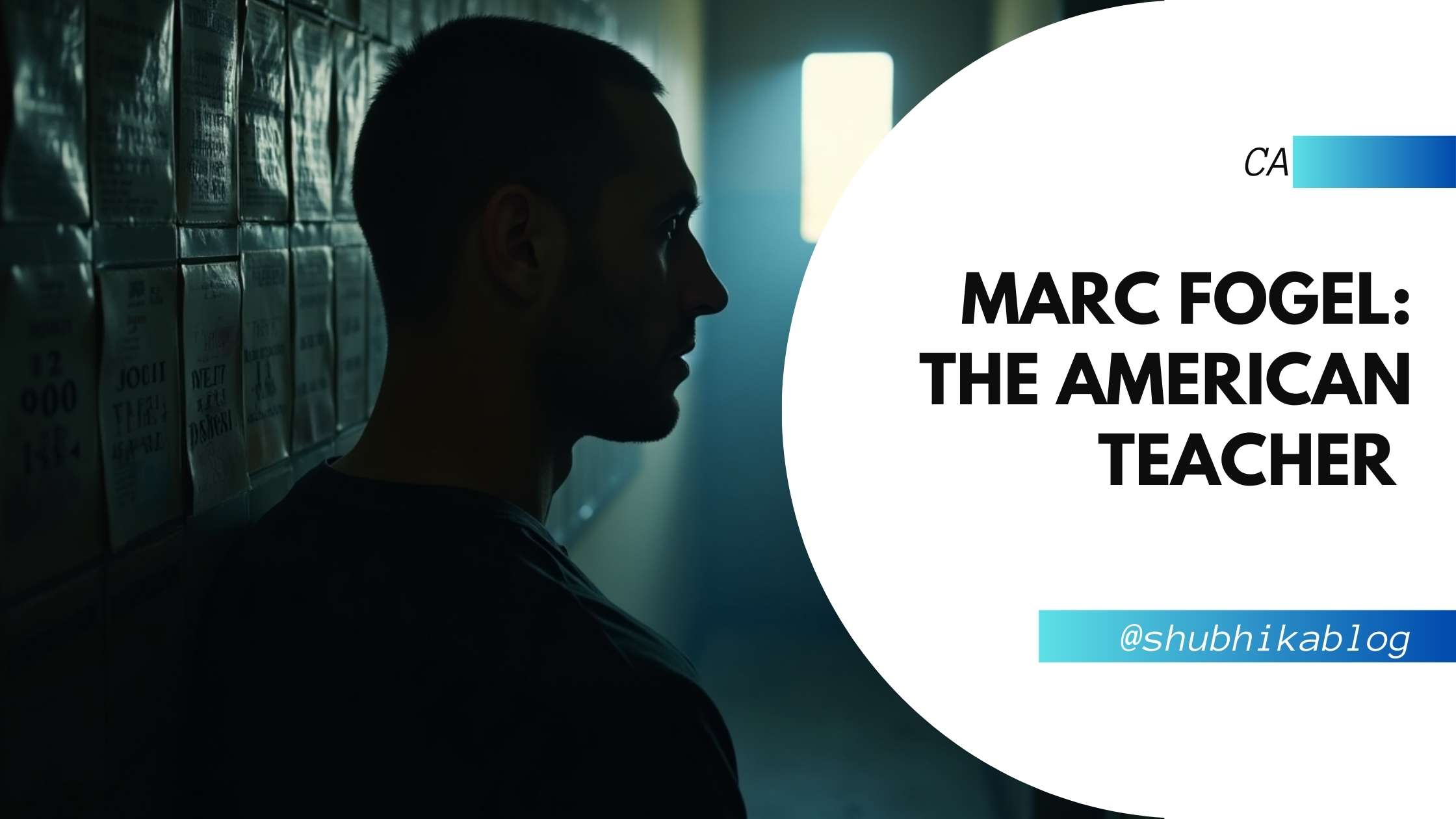


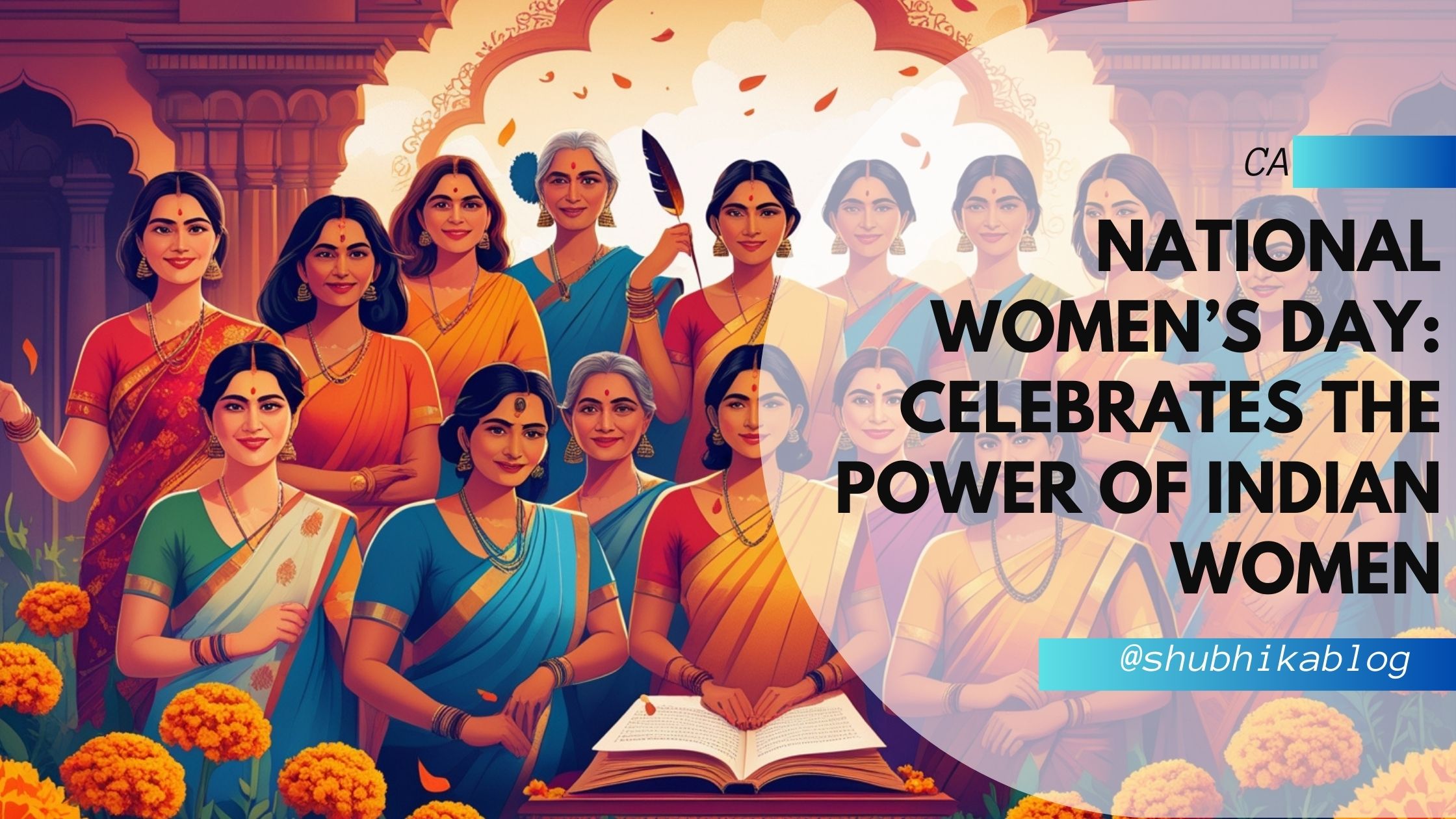
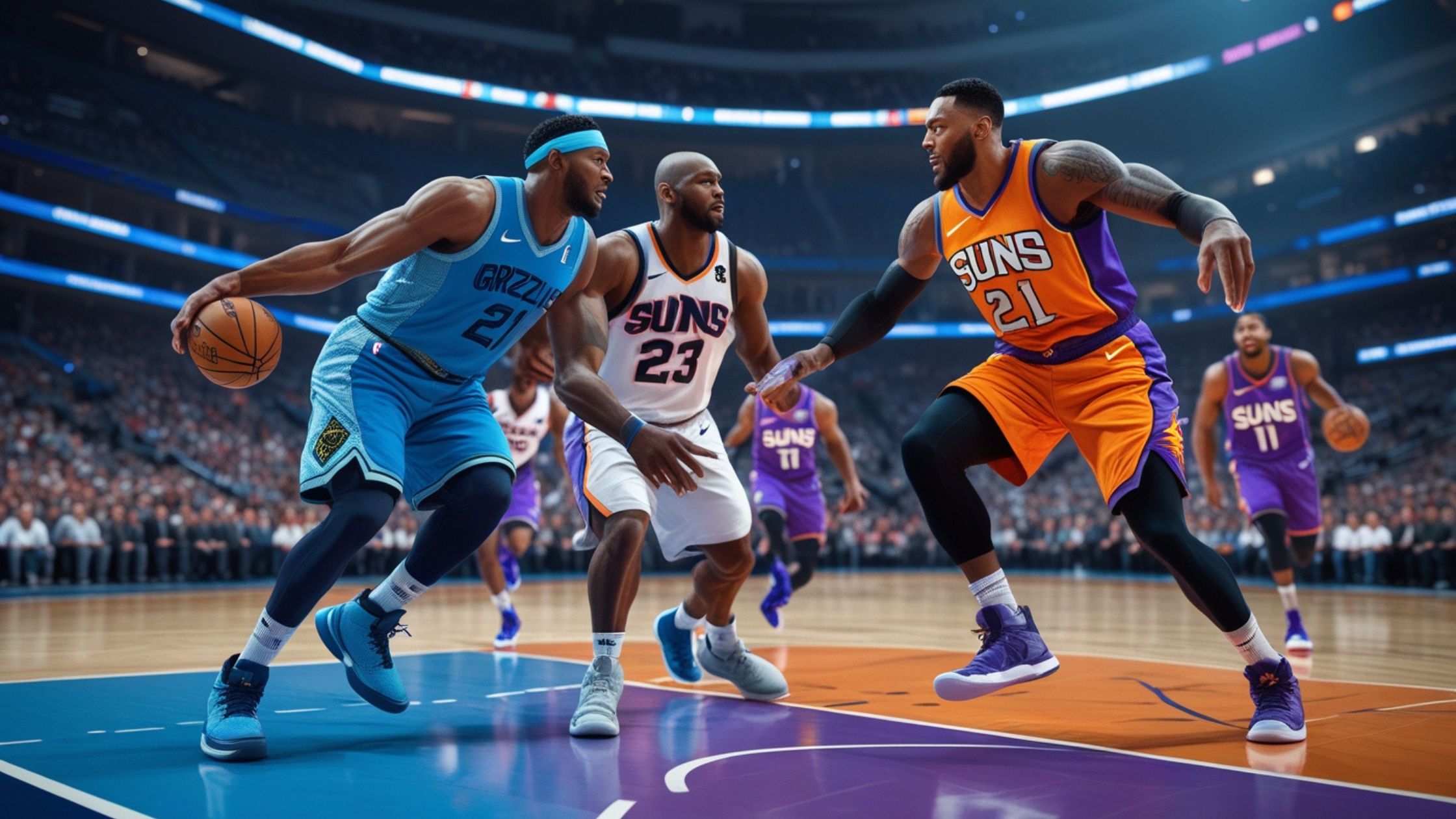
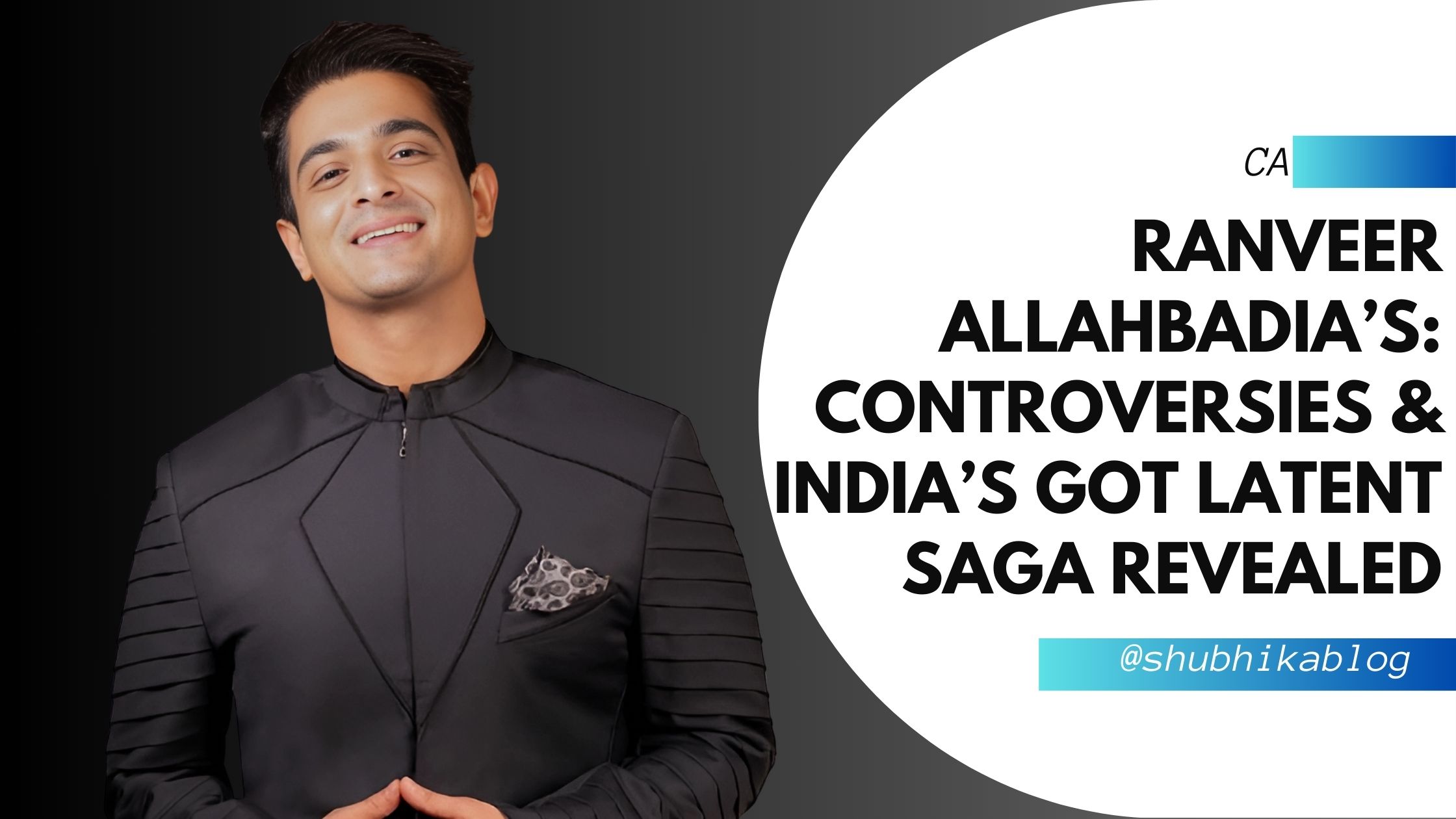
Leave a Reply